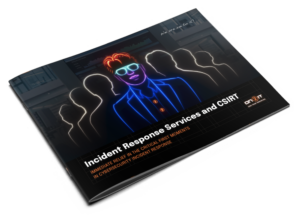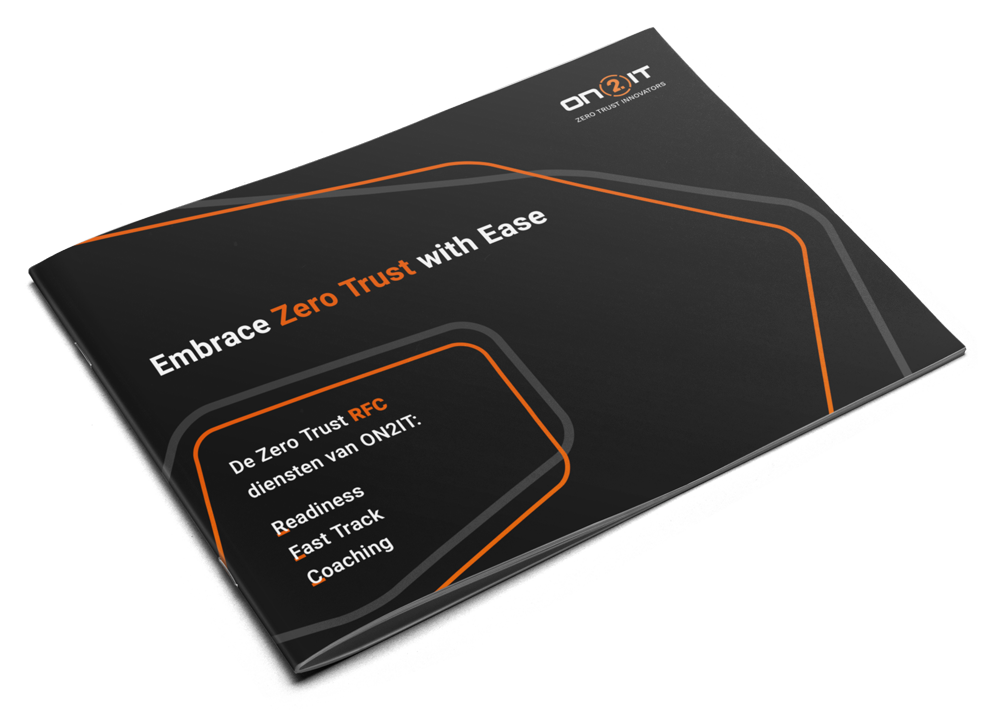In risk management, the formula Risk = Likelihood × Impact is foundational. Here’s how it works:
Likelihood: The probability of a specific event occurring.
Impact: The severity of consequences if the risk event materializes. This can be gauged in terms of financial loss, people affected, asset damage, or delays.

Multiplying these factors gives a numerical depiction of risk, aiding in its prioritization and management. For instance, a high-impact but low-likelihood event might be deemed acceptable. Yet, an event with moderate impact and high likelihood could be perceived as riskier.

Real-world risk assessment is, of course, more intricate than this formula alone. Variables, dependencies, and subjective judgments often come into play. Nevertheless, it’s an invaluable tool when assessing how cybersecurity strategies and technologies can mitigate data breach costs. The key is to discern how an approach reduces both the likelihood and impact of breaches.
Five pillars integral to Zero Trust as a Service
A study by ON2IT researchers posits that applying Zero Trust principles can indeed curtail the likelihood and costs of data breaches. Reports like the IBM Cost of a Data Breach Report 2022 indicate that proactively implementing Zero Trust — which safeguards vital data, applications, assets, and services (DAAS) — can drastically diminish the chances and subsequent costs of breaches. However, this report doesn’t delineate which specific Zero Trust principles were factored in.
Focusing on holistic Zero Trust approaches, like ON2IT’s Zero Trust as a Service (ZTaaS) offering, the researchers spotlighted five pillars integral to ZTaaS:
- Design of protected surfaces: ZTaaS, adhering to John Kindervag’s five-step Zero Trust process, pinpoints business-critical data, applications, assets and services to craft so-called protect surfaces. This aids in segmenting the environment and stipulating precise measures.
- Implementation of technical measures: ZTaaS introduces technical solutions for cybersecurity threat management. These are paramount in shaping protect surfaces and encompass automated measures like endpoint protection, firewalls, CASB, and cloud controls, enhancing security up to the OSI model’s seventh layer.
- Dashboarding: After enacting technical security measures, ZTaaS emphasizes their sustained management through the AUXO™ platform: a security automation tool with dashboarding features. These dashboards present the measures’ operational status and their utility in routine business tasks.
- SOC: The ZTaaS Security Operations Center (SOC) exemplifies the amalgamation of technical, human, and organizational expertise for 24/7 security event detection, remediation and management.
- CSIRT: ZTaaS’s CSIRT combines technical, human, and organizational acumen to address serious cybersecurity incidents, ensuring both immediate solutions and long-term preventive measures.
A 75% cost reduction is feasible
Drawing from data breach simulations and decades of combined Zero Trust field experience, the researchers developed a quantitative model demonstrating how ZTaaS components can trim costs both preemptively and reactively. The researchers postulate that for organizations that have implemented the ZTaaS components throughout their entire organization on all assets (100%), a 75% reduction of the breach costs is realistic
Curious about how Zero Trust can benefit your enterprise by reducing data breach costs? Dive deeper with our whitepaper, elucidating how Zero Trust as a Service effectively diminishes both the likelihood and ramifications of a data breach.
How Zero Trust Reduces Data Breach Costs
In this paper we cover the following topics:



